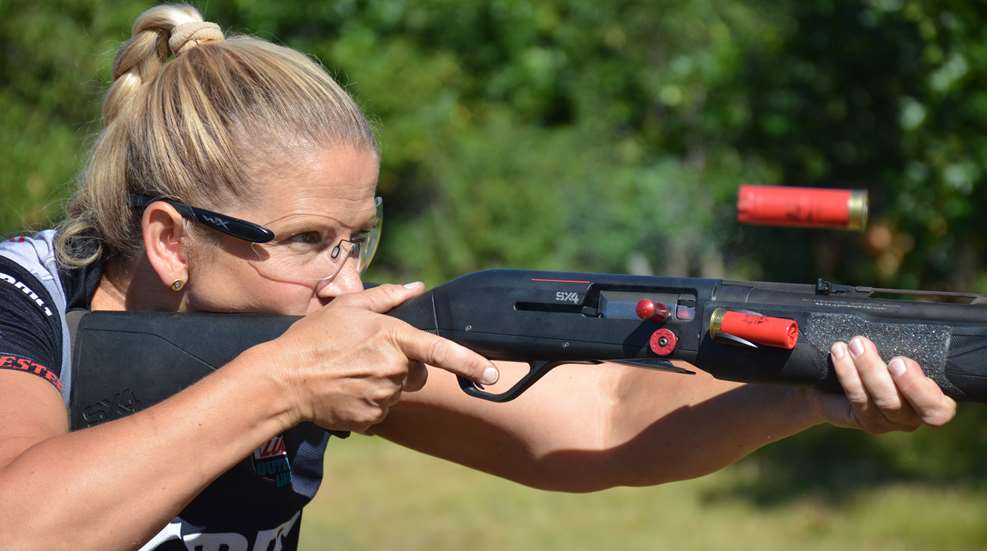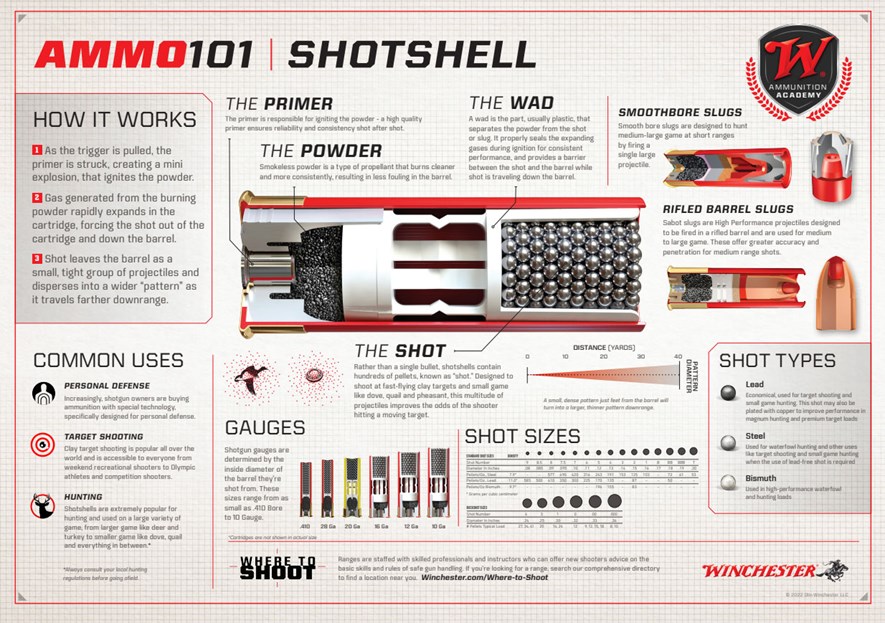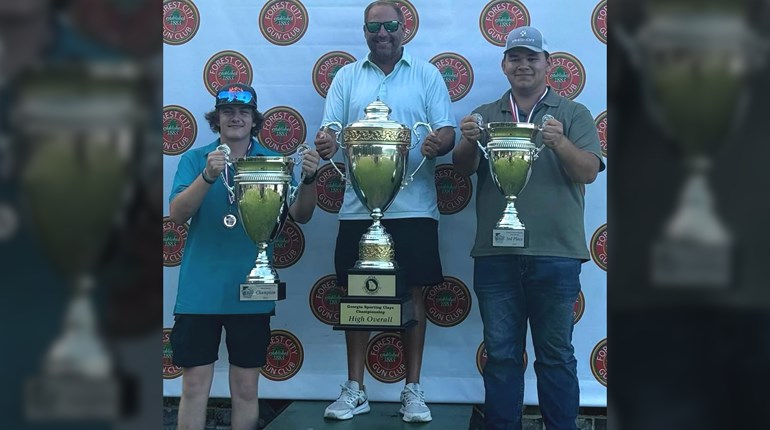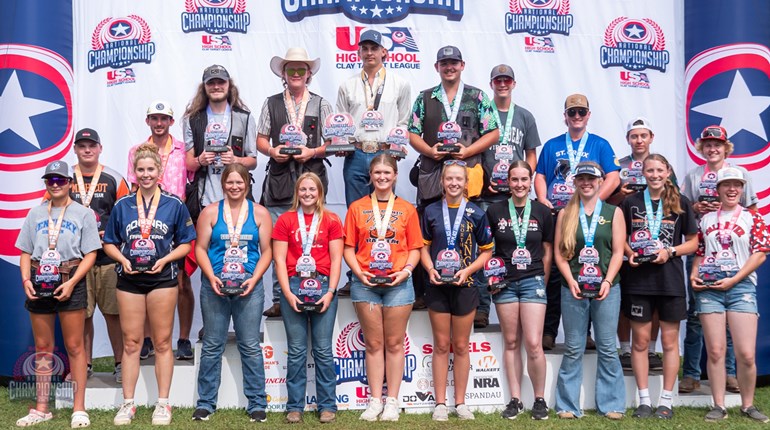
Understanding what ammunition will work in your gun is important, but when you find a store stocked with lots of choices, it can be overwhelming. Here's how to choose the right ammo for your shotgun and target.
What a Shotgun Round is Made Of
Shotguns shoot shotgun shells. What’s inside the shells can vary. A typical round of 12-gauge shotgun ammunition is usually 2¾” or 3” in length and utilizes a plastic hull to contain the projectiles. Breaking down what’s inside a shotgun shell will help you understand how it works.
What’s inside:
A shotgun round has a plastic hull (older versions had paper hulls). Inside the hull is a measure of powder, above the powder is a plastic wad (to contain the shot and separate it from the powder), and then the projectiles are on top. The hull is crimped closed over the top of the shot.
The primer is inside the metal base of the hull, just like you would find a primer in the base of center-fire ammo. The primer ignites the powder, then the burning powder creates pressure/gas and expels the projectiles (shot or slug).
The wad is also expelled from the barrel. Wads come in different shapes and sizes and play a role in the pattern of the shot pellets. Some wads have “petals” that open and separate. Some wads have cups on the top that hold the shot. Others have no petals— these are usually wads for slugs. Some slugs have wads that are attached and stay attached.
Shot comes in various sizes, from the smallest, #9 birdshot, up to the largest, 000 buckshot.

Types of projectiles in shotgun rounds:
Birdshot: Birdshot is the smallest shot used in shotgun rounds. It varies in size, but common for target shooting is #7-#8 shot. The lower the number, the larger the size of the shot. The higher the number, the smaller the size of the shot. Larger size shot means that fewer pellets fit into the hull. Smaller size shot means that more pellets fit into the hull. Number 9 shot will have hundreds of tiny pellets, whereas fewer of the larger sized pellets will fit into the hull, and that number varies based on the size of the shot.
Buckshot: Buckshot is the larger sized shot used in shotgun shells. It goes from number 4 shot to 000. The larger the size of the shot pellets, usually the larger the game or bigger/heavier the target. Smaller buckshot is used for smaller targets. There are some types of buckshot that have special wads to keep the pellets together during a portion of their flight so they can deliver more force on the target.
Slugs: Slugs come in different sizes and styles. The common types are saboted slugs and rifled slugs (sometimes called Foster slugs). Saboted slugs are what you use in a dedicated slug gun—a shotgun with a rifled bore, designed only to shoot slugs. Rifled or Foster slugs are what you would use in a regular shotgun. They are often called smoothbore slugs.
Before you shop for ammo, you should know the following:
- Make and model of gun: Winchester SX4
- Gauge of gun: 12 or 20 gauge
- Size of chamber: 3”
- Your intended target: ducks, sporting clays, deer hunting, steel targets
Regular Oddballs—Shotgun Rounds
Shotgun rounds have a unique facet in that they contain many projectiles (unless they are slug rounds). How the projectiles are stacked or packed into the hull can play a role in the accuracy of the round. For example, some buckshot is stacked in a specific configuration, to create a better pattern with fewer “fliers.” Some shotshells have a “buffer” to help hold the shot in place, the idea being that you don’t want a uniform stack of pellets to become a jumbled mess (which would affect the accuracy of the round).
There are also many types of pellet material when it comes to birdshot. They can be lead, lead with antimony, steel shot, hex shot, copper-plated shot … there are many options, and that is great because it helps the shooter select a round suited to their exact purpose.
You can also reload shotshells with relative ease. A multiple station shotgun press is pretty simple to use, so you can turn out a bucket of birdshot pretty quickly … however, the cost for my family, even with reclaimed (recycled) birdshot, is about the same as buying new AAs with Winchester’s yearly rebate. So reloading shotshells is a great skill to have, but until the recent spike in demand for ammo it wasn't always worth the time.
There are even “spreader” shotgun loads that are crafted to get a wide spread of shot on a close target. And some of the reloaders play with what they pack inside the hull instead of shot—things like flower seeds, salt and more. Note: reloading rounds with things that can corrode or damage your shotgun barrel or tube (like salt) is not recommended.
Easy Shopping
Overall, buying shotgun ammo is pretty simple. You have to know the gauge, chamber length and your target. With some brands switching to pictures on their boxes to help the consumer identify the correct ammo for their intended use, it’s pretty much as simple as finding a shop that has options, confirming a few numbers, and looking at the picture!
















































